When Jim Martinez and Jim Fissel began building their house in Marfa, they had no interest in the sort of traditional front lawn that one can find even in this water-starved part of the world. In fact, they barely had any interest in a front lawn at all.
“My idea of front yards is that they should be the smallest piece of property in the world,” Martinez says. “You never really utilize your front yard. So I pushed this house as far as the city would let me push it forward.” The result is an extremely modest strip of land between the street and the house’s entrance, and an unusually spacious backyard enclosed on two sides by a modern, L-shaped building.
That backyard isn’t a traditional backyard, either. Martinez, a garden designer and soil scientist, and Fissell, a designer of software and hardware user interfaces, have spent years turning it into a showcase for waterwise plants, including succulents, herbs, trees, shrubs, vines, and grass species. Sixty-five of those plants are the subject of their recent book, Marfa Garden: The Wonders of Dry Desert Plants (Trinity University Press), which features text by their friend Martha Hughes and beautiful plant photographs by Mary Lou Saxon.
The book’s overriding purpose is to encourage us to rethink our ideas about the desert land of West Texas. “Marfa and Far West Texas are internationally known for grand landscapes, large expanses of open space, beautiful skies, and distant mountains,” Hughes writes. Marfa Garden’s intent is to get the region’s visitors and residents to look away, for a moment, from the stunning vistas and pay attention to what is happening on the ground. The photos more than make the case, highlighting not just the prickly cacti and agave that one might expect, but a host of plants that sport colorful flowers and berries. (And, in some cases, powerful aromas, though there is no scratch-and-sniff component to the book.)
If Martinez and Fissel can make their garden bloom with minimal irrigation in the unforgiving climate of West Texas, there’s no part of Texas where it can’t be done. The book’s appendix is a useful how-to for Texas gardeners, offering information about which plants can be grown in which parts of Texas and under what conditions.
During a recent visit to the garden—which is not open to the public, though tours are available on request—Martinez gave a running commentary on the plants the couple have nurtured.
This interview has been edited for space and clarity.
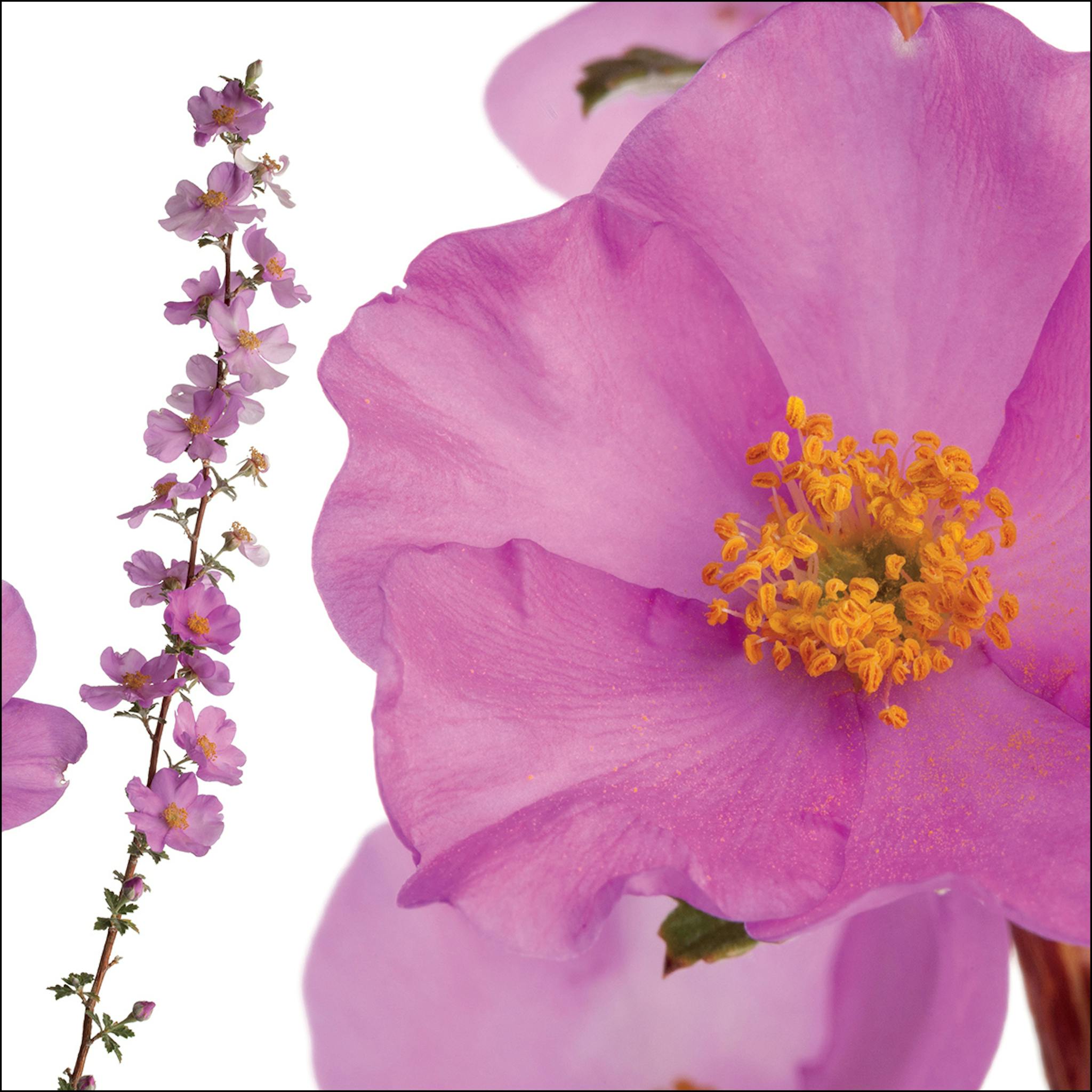
“This is the first plant in the book. It's a rare sort of plant, or rare-ish. It has to be planted on a slope. It's not really happy on flat land. I've been lax about pruning it; the rabbits find cover in it, so I don't mind. But I do need to prune it some.”
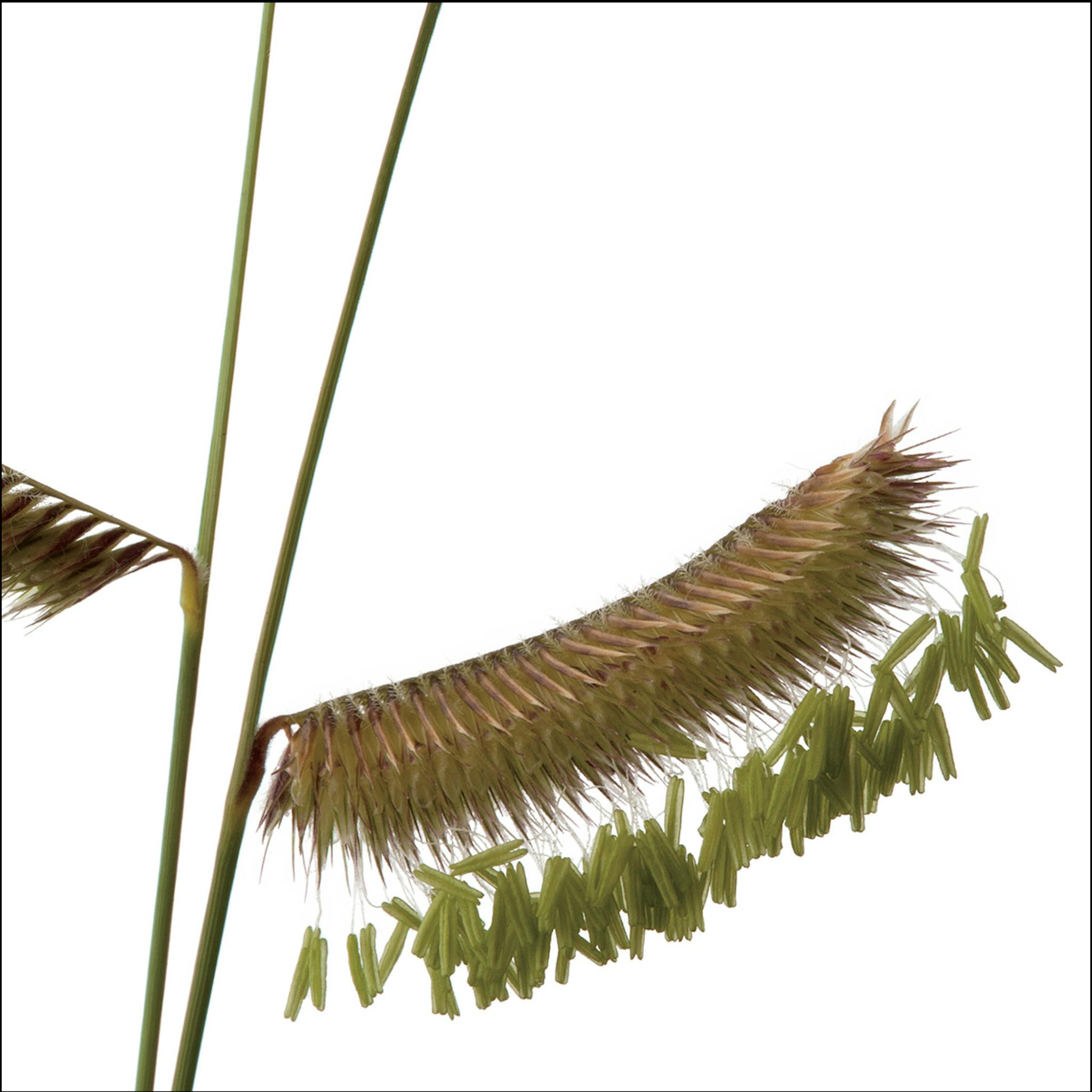
“The value of grasses is that there’s a whole group of birds that eat them. Not all birds are seed eaters, but there are a whole group of them. Here in Marfa, the buntings and the blue grosbeak eat them. Then there are a lot of sparrows here, and they're all seed and bug eaters. The grasses are important. It gives the birds cover, but it also gives them a lot of food. Then rabbits eat it.Grasses also drop the air temperature underneath. Where you have a grass cover, the temperature is about 10 degrees cooler than it is everywhere else, because it’s transpiring, and you're not getting all this reflected light all the time. It's absorbing all of the light.And there's this whole biological thing that's happening in the soil with bacteria and fungus and all kinds of stuff that keeps it very, very loose. When you overgraze and remove the grass cover, then all of that disappears and you lose your organic matter, you lose this movement of organics into the soil and it becomes like concrete.”
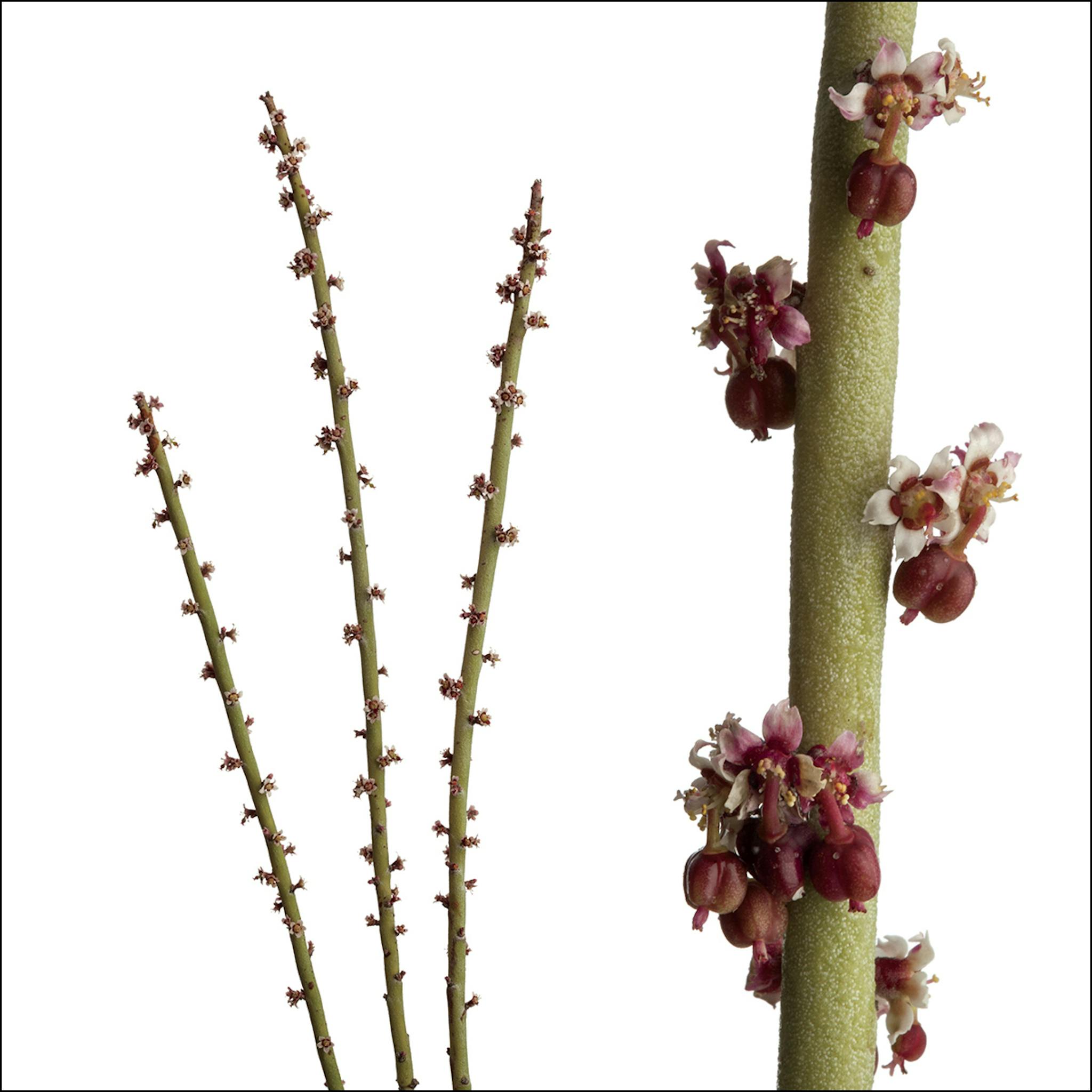
“This is a candelilla, which is a plant that grows along the river at much lower elevations. This is probably the northernmost edge of its zone. It dies back in the wintertime almost every year, but it comes back up from the ground. It has a really unique form. Commercially it used to be harvested quite heavily for its wax. When the military was shipping arms across the sea in ships, they would encase them in this wax so they wouldn't get wet or humid.The candelilla gets absolutely no care aside from us pulling weeds periodically and cleaning it up. This is not on any drip irrigation, just natural water.”

“This is probably the best aromatic in the desert.” Fissel interjects: “When we hike, whoever's in front with the walking stick is required to tap whenever they see Damianita. They tap the bush, so that the rest of us get the benefit of the smell. It’s a hiking requirement when we're with Jim.”
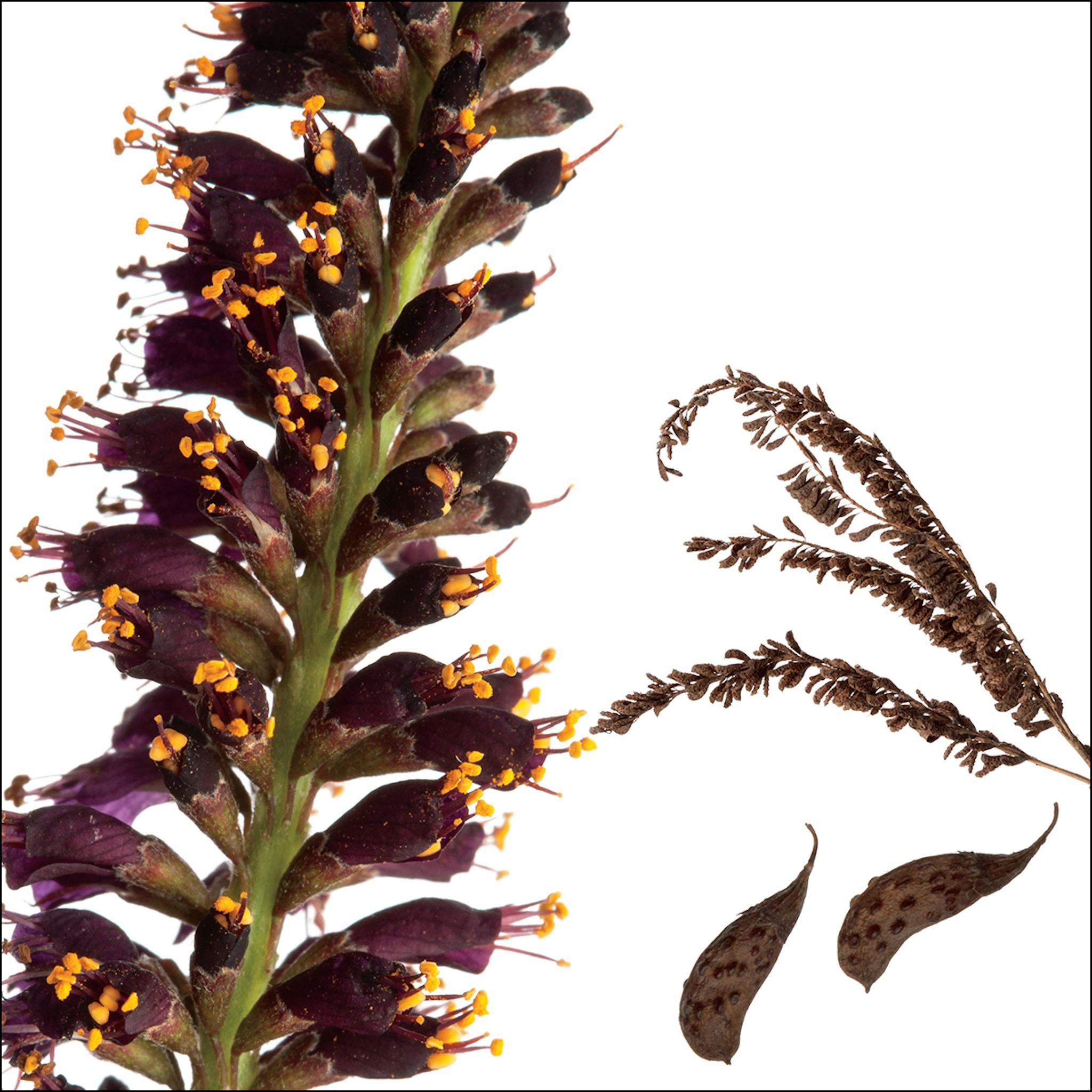
“This bush gets pretty big. It has a really beautiful bloom. I just like the texture and the movement of the bush—also, their legumes. This area has super nutritious soils, because they're all volcanic. They're almost super-saturated with nutrients, except nitrogen. Nitrogen is just depleted. The legumes are really important, and there are a lot of legumes in the desert. I call this my bee garden, because it's always full of bees.”

“This tree is endemic to the Transpecos and also grows in the Edwards Plateau. It's one of the prettiest trees of the desert. It's a legume; it's got these seed pods. You'll see them in the Davis Mountains behind the fort in Fort Davis when you hike up. The really bright green trees growing out of the rock.It blossoms all during the summer. And in January when you get a little bit of rain, it sends out some more blooms. The biggest bloom period is right after the rain starts. You can water them to get them established, and then you have to leave them alone. Most people kill their gardens in the desert because they water too much.The first garden I did here for a client was sort of a formal garden, and I told the guy, ‘Come October 1 you just have to water once a month. You don't have to water every other day.’ He didn't do that. So he killed them all.”
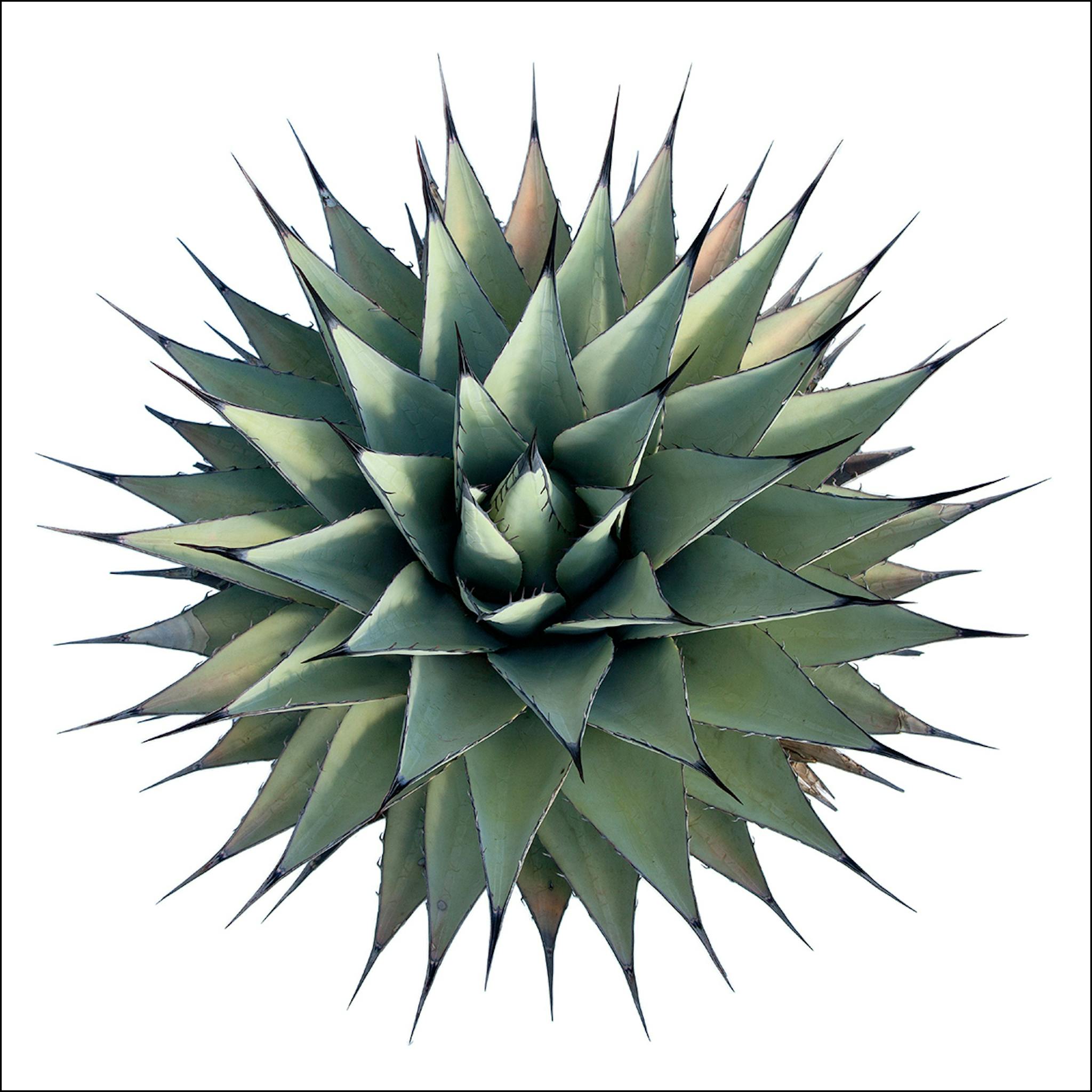
“[People think agave need full sunlight], but if ever you walk through the Chisos Mountains, notice where the agaves are. There are a lot of them that are in full sunlight, but they're understory plants. Agave are really happy when you give them some shade, just like you are.The New Mexico agave is a grassland species that grows mostly on the plains around the Guadalupe Mountains, and it's always growing underneath the trees. Sometimes people plant them in too severe a location. They'll plant them, you know, around a parking lot. There's nothing, no shade. It's all just reflecting heat. And they'll do okay, they may get scalded, but they’ll survive. But they're not always the happiest.”

“One of the things that's important to us is that these are host plants. These [caterpillars] are eating it, and they will eat it all. Everybody's got to eat. As a culture, we're so intrigued with exotic stuff that we bring a lot of stuff from India and New Zealand and China and everywhere else. But the way these ecologies evolve is that there are certain insects and birds that utilize them. And you need to have native plants to make that happen. If you go to the Arboretum in Dallas, it's a virtual desert for insects and for birds because they won't eat any of it. So the intent for me is that you plant things that everyone utilizes. If a bird is having babies, it needs these caterpillars—it makes about 350 to 500 trips a day to feed its babies caterpillars.I once went to a presentation where they talked about Corpus Christi, which had decided to plant half of its parks with the non-native species that they were already using, and the other half with just natives. They did a ten-year study, and there was only about 8 percent utilization by insects and birds of the non-natives—and the others were a hundred percent. That's where all the wildlife was. So if we're going to save the birds, it's really important to plant the stuff they eat.”

“This is a non-native plant, but it's desert tolerant. I think it's probably from India, probably from the western part of India. The bumblebees love these little flowers, even though it's not a native. You see them getting on the plant and then just bending them over. It's been around for such a long time, I guess that the bees find the nectar source all right. It grows in the Davis and Chisos Mountains. It gets as tall as we are, and it has great movement in the wind.”
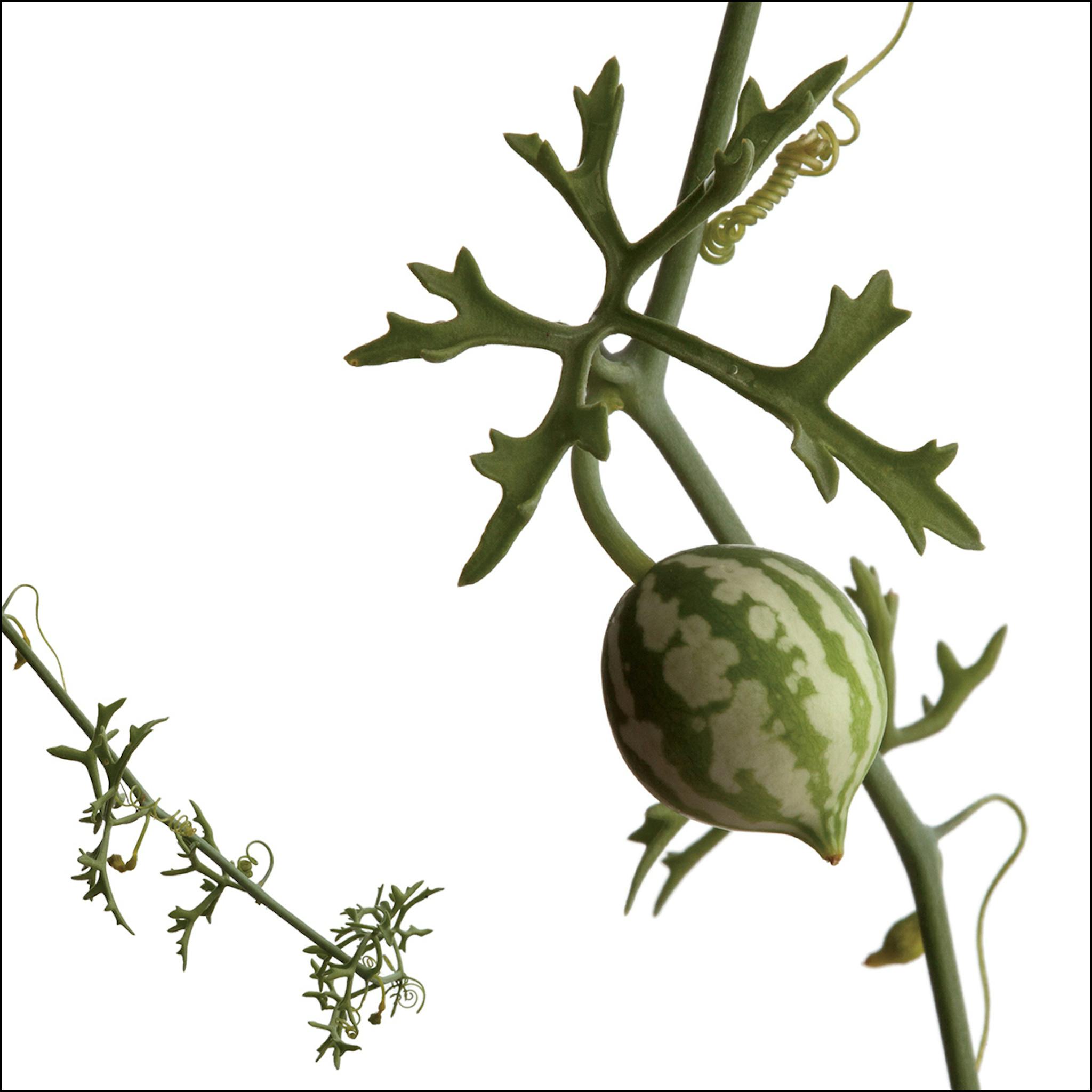
“One of my favorite plants is the Slimlobe Globeberry—the seeds look like little watermelons, then they turn this bright red color, and then they get eaten by the javelina and birds. It has a big tuber like a jicama under the ground. The javelinas love them; they just dig them up and eat the tuber. [Planting the Slimlobe Globeberry next to a yucca protects it, because the javelina don’t want to get poked.] We had one that was growing next to an Eve's Necklace and the javelina dug it up.”
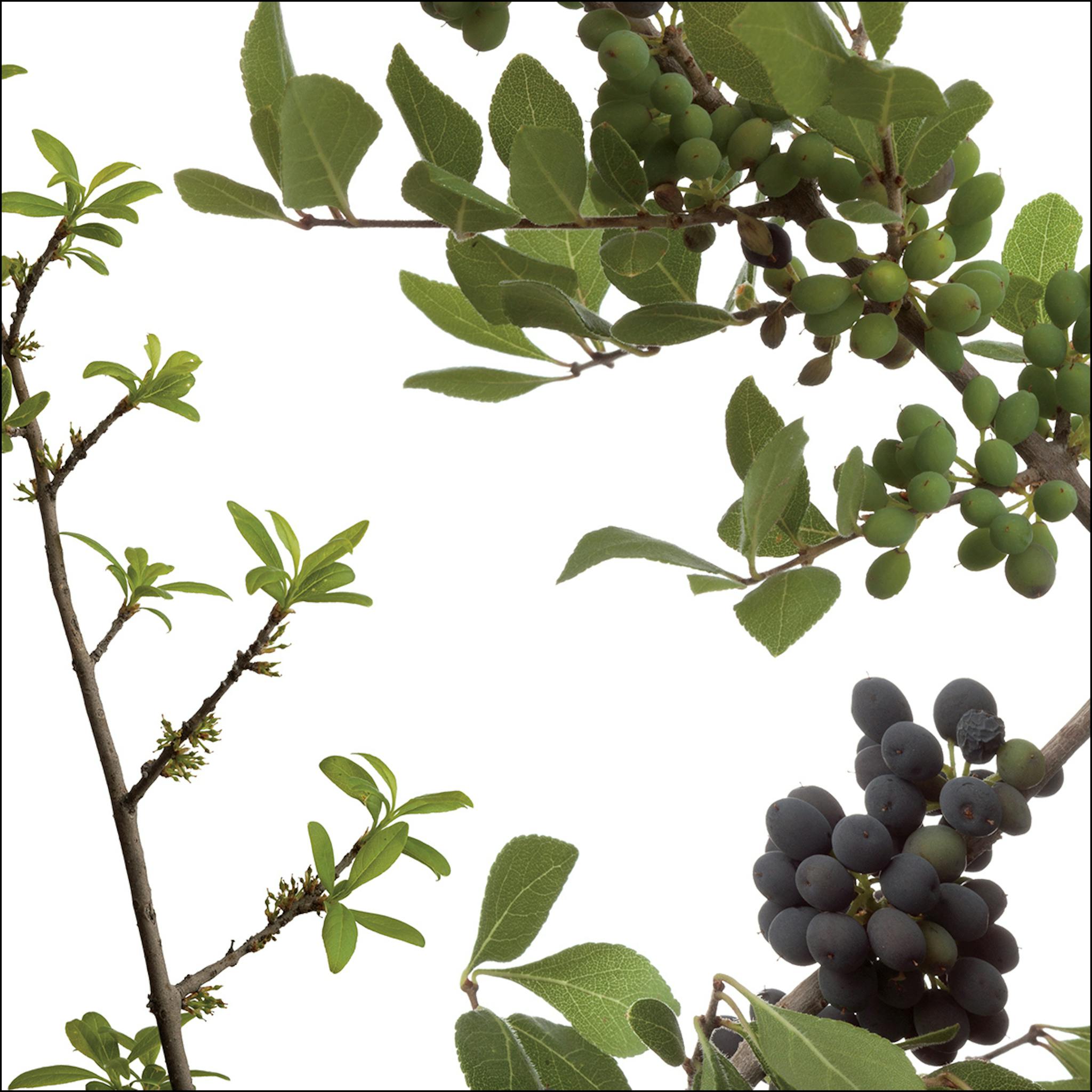
“This one is also known as a Desert Olive. [Though it’s not actually an olive tree.] They grow all through Texas and New Mexico and Arizona, and they produce a little tiny purple berry, which look like a little olive, a little tiny black olive. And the minute that they're ripe, the birds come, and they just strip them.And that makes me really happy, that the birds have something to eat. They're in these trees all the time.”
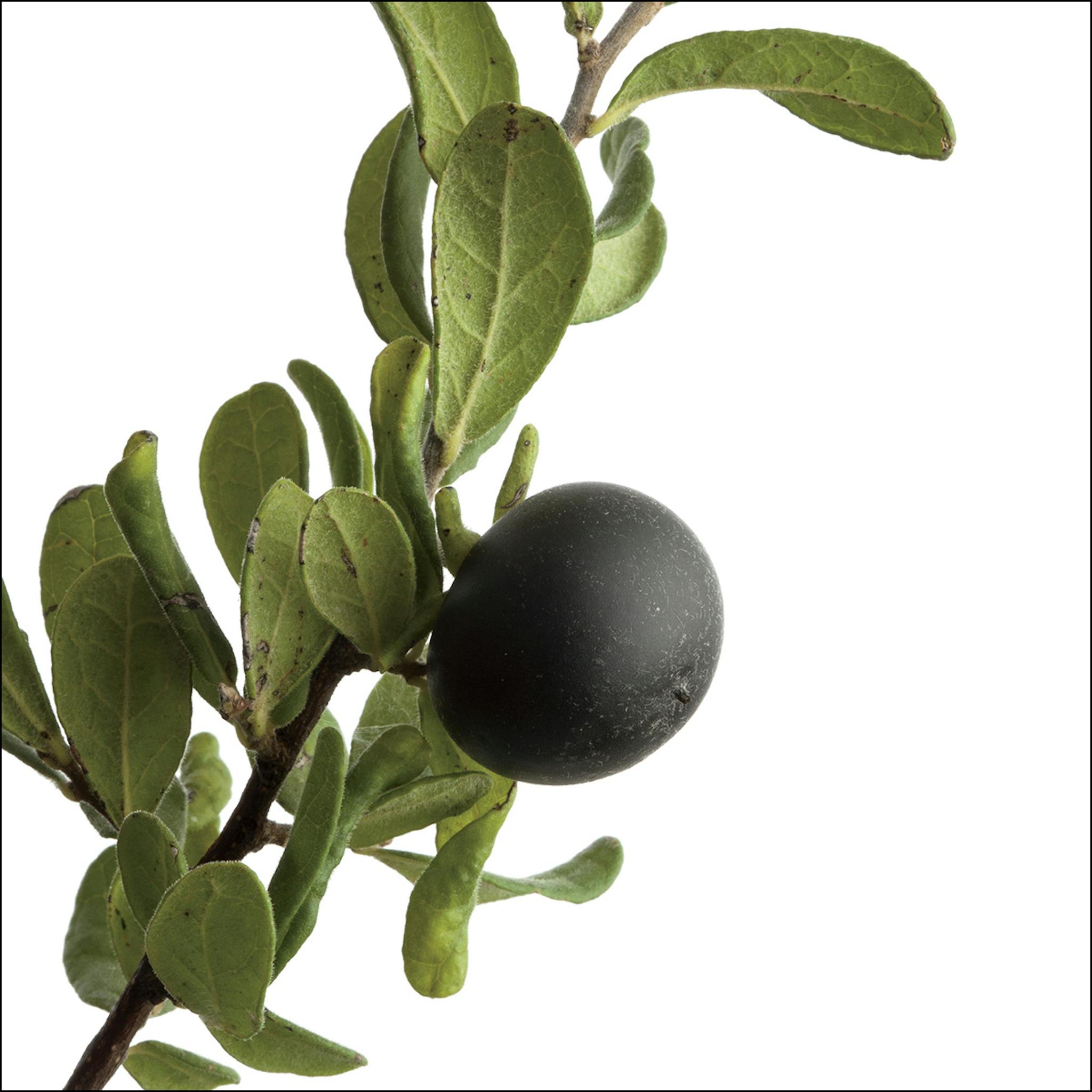
“The persimmons from this tree are black, and the size of the end of my thumb. They're really tiny, and you're lucky if you get to eat one of them because the minute they're ripe, the birds get them. They're really, really, really sweet. You just eat them whole, though they've got two really big seeds in each fruit. My neighbor has a couple of these trees that are full of fruit. But she's not here all the time, so she probably loses the harvest because of the birds getting them all.”
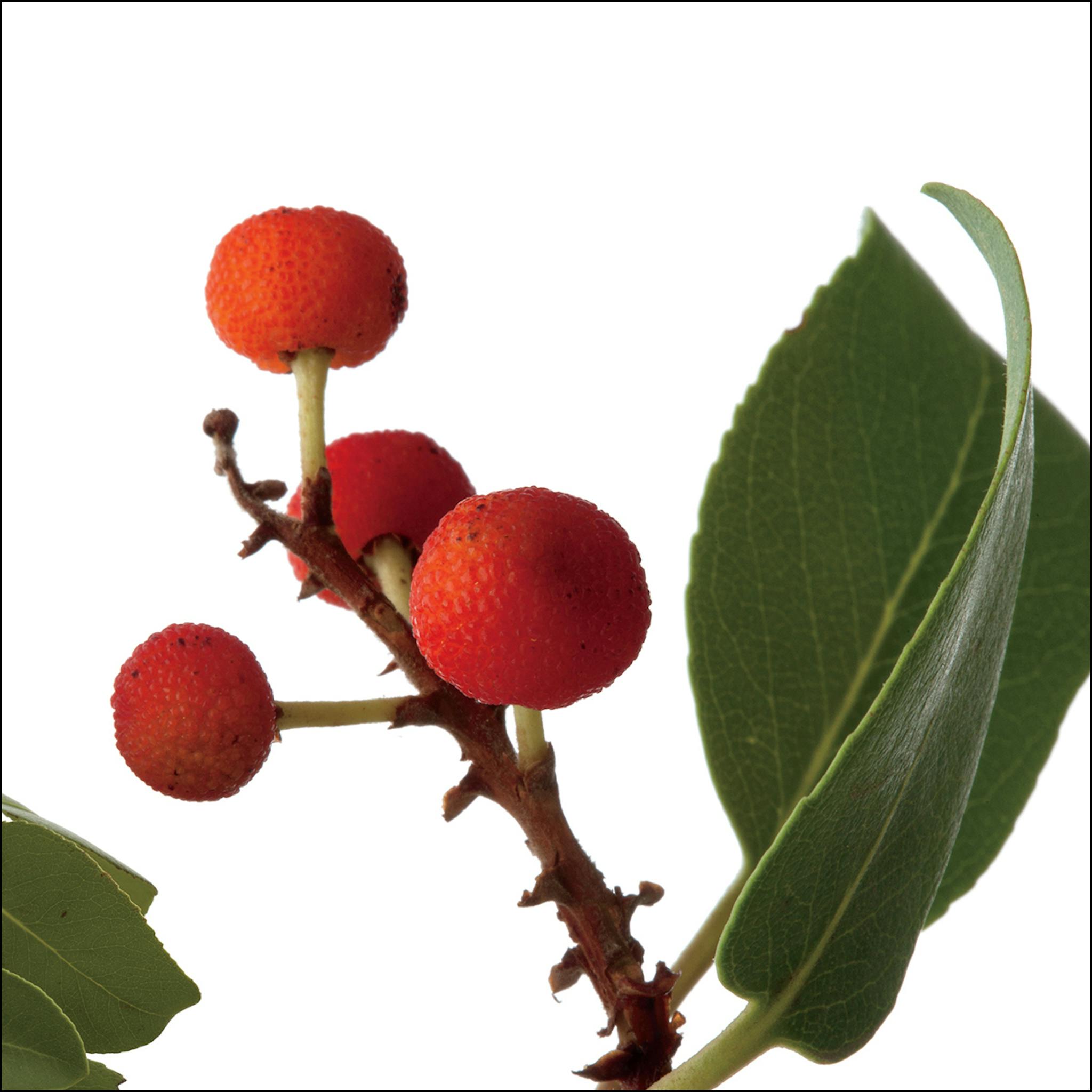
“It's illegal to collect these. You can't dig them out of the ground. There are only a couple of nurseries that grow them from seed, and one of them is in Kerrville. A little plant can be $75 from the grower. And they're very particular as to how you plant them, how you take care of them. Most people kill them, but the [people at the nursery] will tell you how to take care of them.Summer is a really good time to see them if you'd like to go hiking in either the Big Bend or the Guadalupe Mountains, because that’s when they’re exfoliating. They turn really, really red when they’re starting to lose their bark, and then they're this really beautiful green or yellow or white color underneath.”








